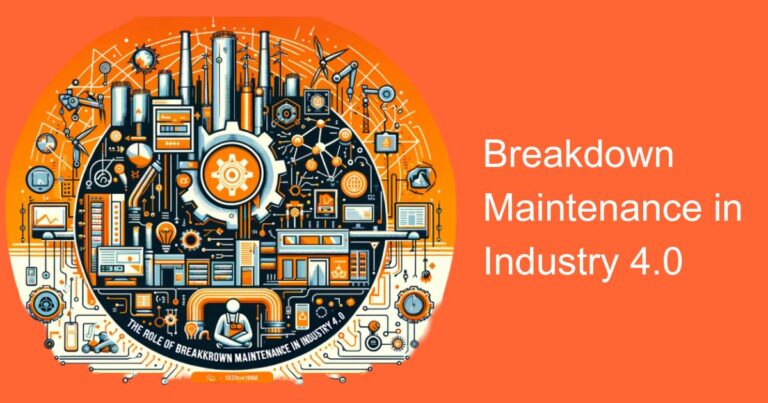Introduction
In the rapidly evolving landscape of cybersecurity, organizations face an ever-growing number of threats that demand swift and efficient responses. Security automation has emerged as a key strategy to enhance the efficiency of security operations and reduce response time. To become a true superhero of improvisation in security automation, it is essential to monitor and measure critical performance indicators. In this article, we will explore four key performance indicators (KPIs) – Mean Time to Acknowledge (MTTA), Mean Time to Respond (MTTR), Mean Time Between Failures (MTBF), and Mean Time To Failure (MTTF) – and their significance in driving effective security automation practices. Furthermore, we will delve into industry-specific examples to understand how these KPIs influence asset maintenance activities.
1. Mean Time to Acknowledge (MTTA)
MTTA refers to the average time taken to detect and acknowledge a security incident or alert. It is a critical KPI as it sets the foundation for prompt incident response. By reducing MTTA, organizations can quickly identify threats and take immediate actions, thereby mitigating potential damages. Security automation tools and technologies, such as Security Information and Event Management (SIEM) systems, play a pivotal role in minimizing MTTA by continuously monitoring network activities and flagging suspicious events in real-time.
Example: In the financial sector, real-time monitoring of online transactions and detecting potential fraud attempts can be accomplished through security automation. By integrating fraud detection algorithms with banking applications, financial institutions can significantly reduce MTTA and prevent fraudulent transactions.
2. Mean Time to Respond (MTTR)
MTTR refers to the average time taken to respond to and resolve a security incident after its acknowledgment. A low MTTR indicates efficient incident response and a swift return to normal operations. Security automation solutions can streamline incident investigation, analysis, and remediation, thus reducing MTTR. Automated incident response playbooks can be created to handle routine incidents, allowing security teams to focus on more complex threats.
Example: In the healthcare industry, patient data privacy is of utmost importance. Automated incident response tools can be used to detect and respond to potential data breaches promptly. By automating the process of isolating affected systems, terminating unauthorized access, and notifying the appropriate stakeholders, healthcare providers can maintain a low MTTR and safeguard patient information.
3. Mean Time Between Failures (MTBF)
MTBF is a measure of the average time between two successive failures of a system or asset. In the context of security automation, it highlights the reliability and resilience of automated processes. A high MTBF indicates a stable and robust security infrastructure. Regular maintenance and updates to security automation tools are essential to ensuring a prolonged MTBF.
Example: In the manufacturing industry, Industrial Control Systems (ICS) are critical assets that control various processes. Automated maintenance activities, such as regular software updates and security patches, can enhance the MTBF of ICS and reduce the risk of cyberattacks disrupting production lines.
4. Mean Time To Failure (MTTF)
MTTF represents the average time until a system or asset is expected to fail. It helps organizations anticipate potential issues and plan proactive maintenance activities. In security automation, MTTF is crucial in predicting when security tools or components may become less effective or obsolete.
Example: Cloud service providers heavily rely on security automation to protect customer data and infrastructure. By monitoring the MTTF of security appliances and promptly replacing them before reaching their end-of-life, cloud providers can ensure a consistently secure environment for their clients.
Conclusion
In today’s cybersecurity landscape, where threats are becoming more sophisticated and numerous, security automation is an indispensable tool for organizations seeking to bolster their defense capabilities. To be a true superhero of improvisation in security automation, IT teams must focus on the right KPIs. MTTA and MTTR are pivotal in ensuring timely response and mitigation of threats, while MTBF and MTTF provide insights into the reliability and maintenance needs of security automation tools.
By measuring and optimizing these KPIs, organizations can develop a robust security automation strategy that effectively safeguards their assets and data, ensuring they stay one step ahead of cyber adversaries and become true champions of cybersecurity.








